Microscopy of EDTA, Glutathione, Ivermectin, Vitamin C, Methylene Blue & Plaquex
To check for hydrogel polymers and graphene particles
I wanted to test injectable DiSodium EDTA, Liposomal EDTA from two different companies, injectable Glutathione, injectable Ivermectin, liposomal Vitamin C liquid and Methylene Blue under the microscope to make sure they are free of any nanotechnology. Here’s what I found:
Injectable DiSodium EDTA, compounded
1600 magnification above and below
400 magnification
It’s difficult to know from microscopy what these are, but they sure shouldn’t be injected into anyone. At least nothing was moving. The first might be a hydrogel polymer, the other two show fibers and a micelle that eerily looks like a construction site. Just because this one vial from one compounding pharmacy has such things in it doesn’t mean that all EDTA products have this. I don’t think for one minute that compounding pharmacies and even manufacturers of dental anesthetics, insulin and human growth hormone are all in on it and putting self assembling nanotechnology into their products knowingly. I hope someone will look into the glass vials made by Corning and used for the Covid “vaccine” to see if the vial has these things embedded in them which then leach into the liquid the vial is filled with. Here’s the website regarding the Valor™ glass vials:
https://www.corning.com/worldwide/en/innovation/materials-science/glass/valor-glass-vials-for-vaccines.html This page links to a description of Aluminosilicate:
Aluminosilicate
In subject area: Earth and Planetary Sciences
Aluminosilicates are defined as minerals used in drug delivery systems due to their porous structure, biocompatibility, and ability to entrap and release drug molecules efficiently. They are widely applied in medical treatments, especially for anti-inflammatory and anticancer drugs.
AI generated definition based on: Journal of Cleaner Production, 2020
The Aluminosilicate description above indicates that it can be used for drug delivery. Is it possible that they might be filled with nanotechnology that then gets released into the liquid the vial is filled with? I’m not a chemical engineer and thus I don’t know.
Liposomal Calcium EDTA, oral liquid from Healthy Balance
800 x magnification. The green dots are part of the slide.
1600 x magnification
1600 x magnification
There were very few of these undefined structures in the sample. They don’t look like nanotechnology though.
I added one drop of Healthy Drops to one drop of my blood. The blood cells remained quite intact:
Liposomal Calcium EDTA, liquid from Global Healing
Above in bright field we see one single liposome. Below in dark field there is a string of liposomes. Otherwise, there is nothing else. The out of focus round things are part of the slide which get huge as they are out of focus.
I added one drop of liposomal Calcium EDTA to one drop of my blood. The blood cells became a bit distorted but not as bad as with Ivermectin:
The dosage of course is massive. It’s like drinking 5 to 6 gallons of this in one go.
Glutathione for injectable use, compounded
1600 magnification
400 magnification
The same as above at 1600 magnification
There were only very few of these structures in the sample. Again, we don’t know what they are. At least there was no movement like as we would see with quantum dots.
Ivermectin Injectable for Veterinary Use
800 magnification
The same structure at 4000 magnification
This was the only structure in the sample. There was no movement.
I added one drop of Ivermection to one drop of my blood to see what happens. Blood is affected worse than with a drop of EDTA. It becomes unrecognizable as blood and looks more like modern art:
Blood at 400 x after coming into contact with Ivermectin
Here at 1600 magnification
Liposomal Vitamin C, liquid for oral use
The bubbles will be the liposomes, here at 800 x
This was the only fibrous structure in the sample, here at 800x and below at 1600 x with no movement.
Methylene Blue liquid for oral use
Two crystal like structures above at 800 magnification.
Above and below at 1600 magnification undefined structures. These were the only two in the sample.
Here too there was no movement, except for bacteria as the bottle has been open a while and the liquid wasn’t sterile to begin with.
Plaquex for Infusions
I examined a vial of Plaquex to make sure it was free of any nanotechnology which I was sure it was, but checking is better. The images show nothing in brightfield and only the out of focus background of etchings in the slide glass.
An image in bright field above shows absolutely nothing of interest.
Image in dark field with background of the slide only.
In summary, most of these liquids are free of nanotechnology, except for the suspicious findings in the injectable DiSodiumEDTA of one particular compounding pharmacy. This means we will have to check any injectable EDTA before using it in the clinic under the microscope.
Note about your comments: I read them all and I appreciate your questions and suggestions. Unfortunately, the comments have been taking up more and more of my limited time which is why I decided not to respond to them any more as I’m doing this research besides my regular work (the one that pays the bills), advising the detox clinic (for free) that will open in about a week and taking care of my little sister who has Down Syndrome as well as my household, vegetable garden and planting season just began.
Book Store: www.anitabaxasmd.com



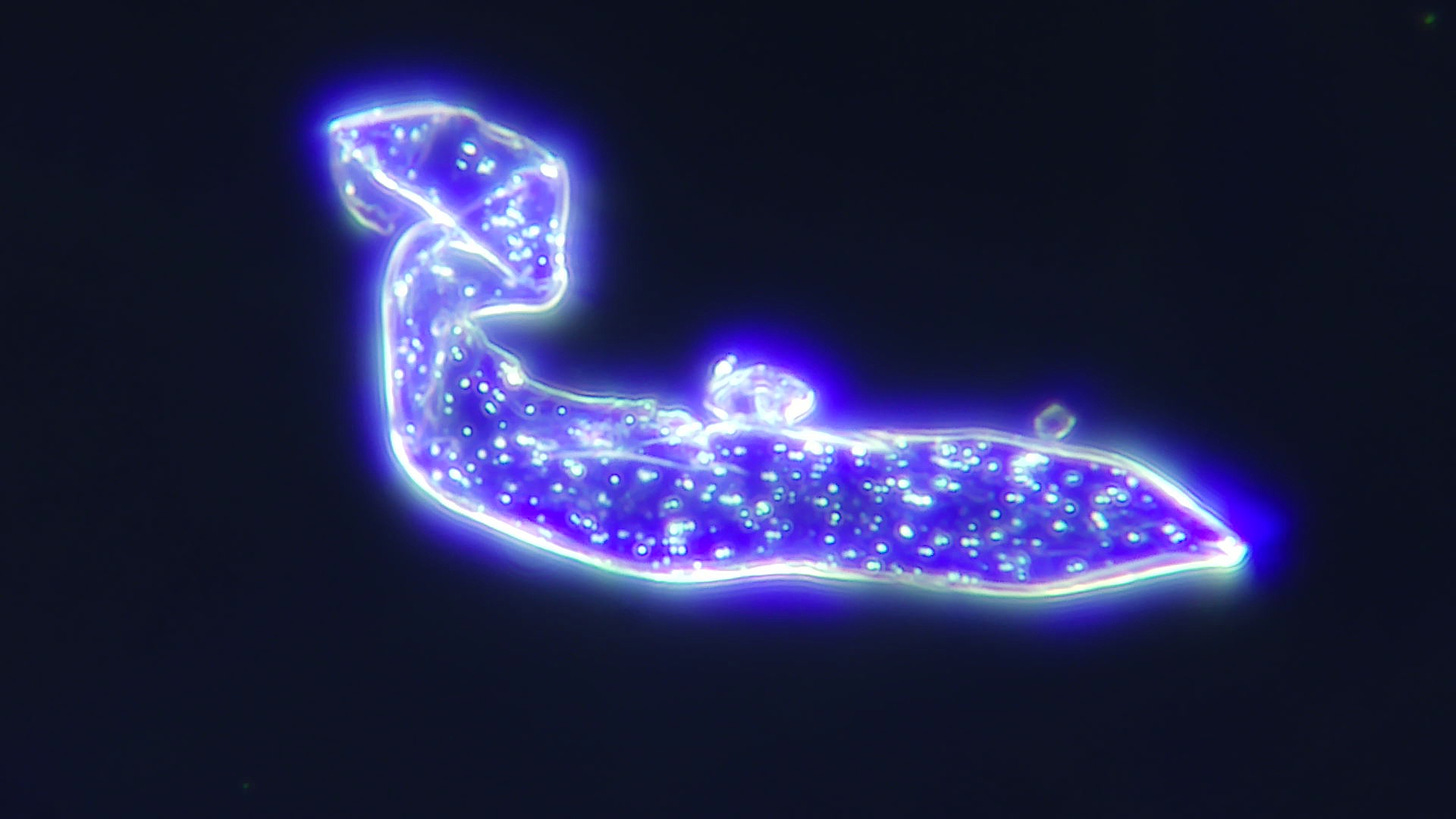
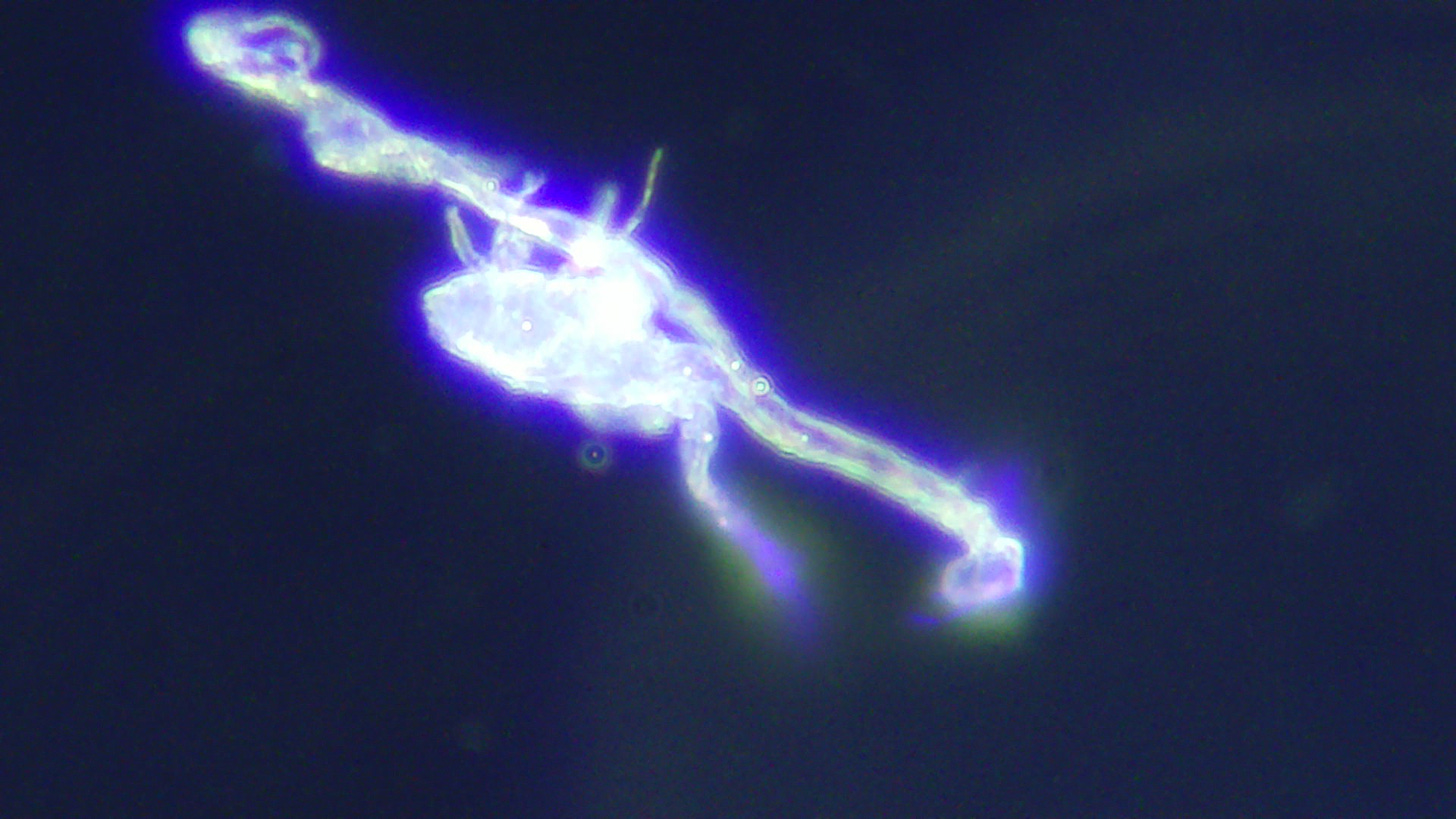
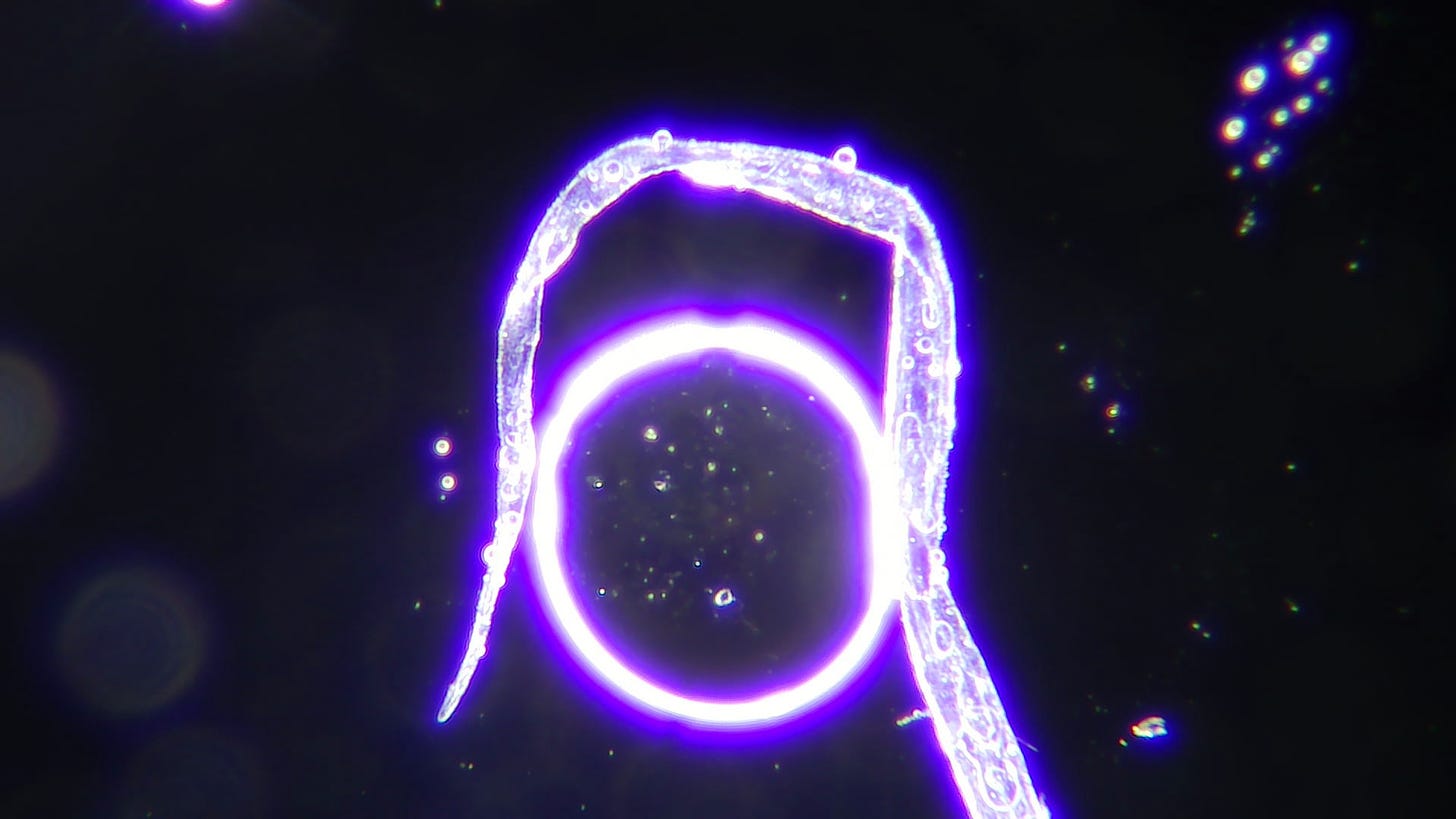
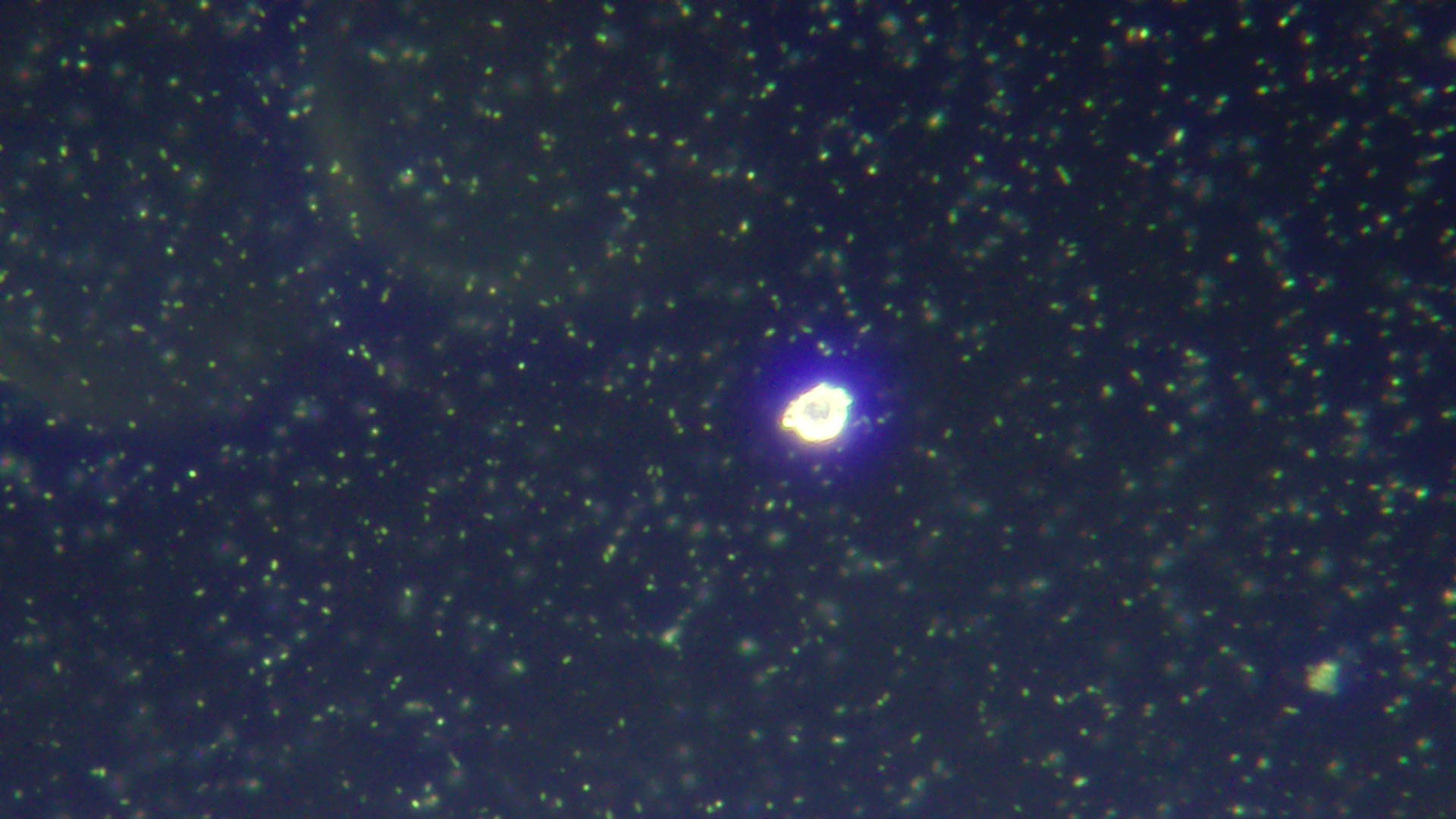
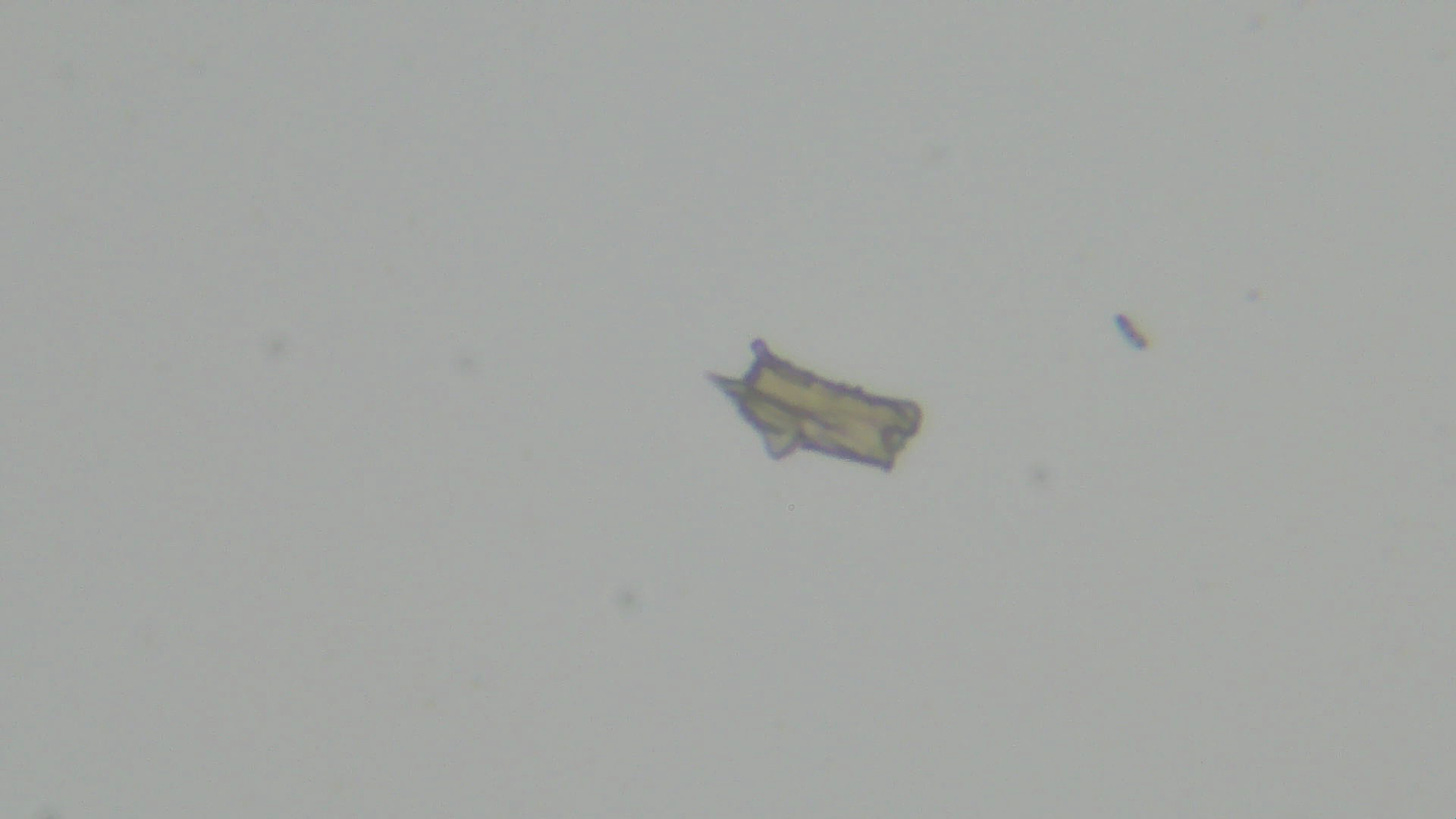
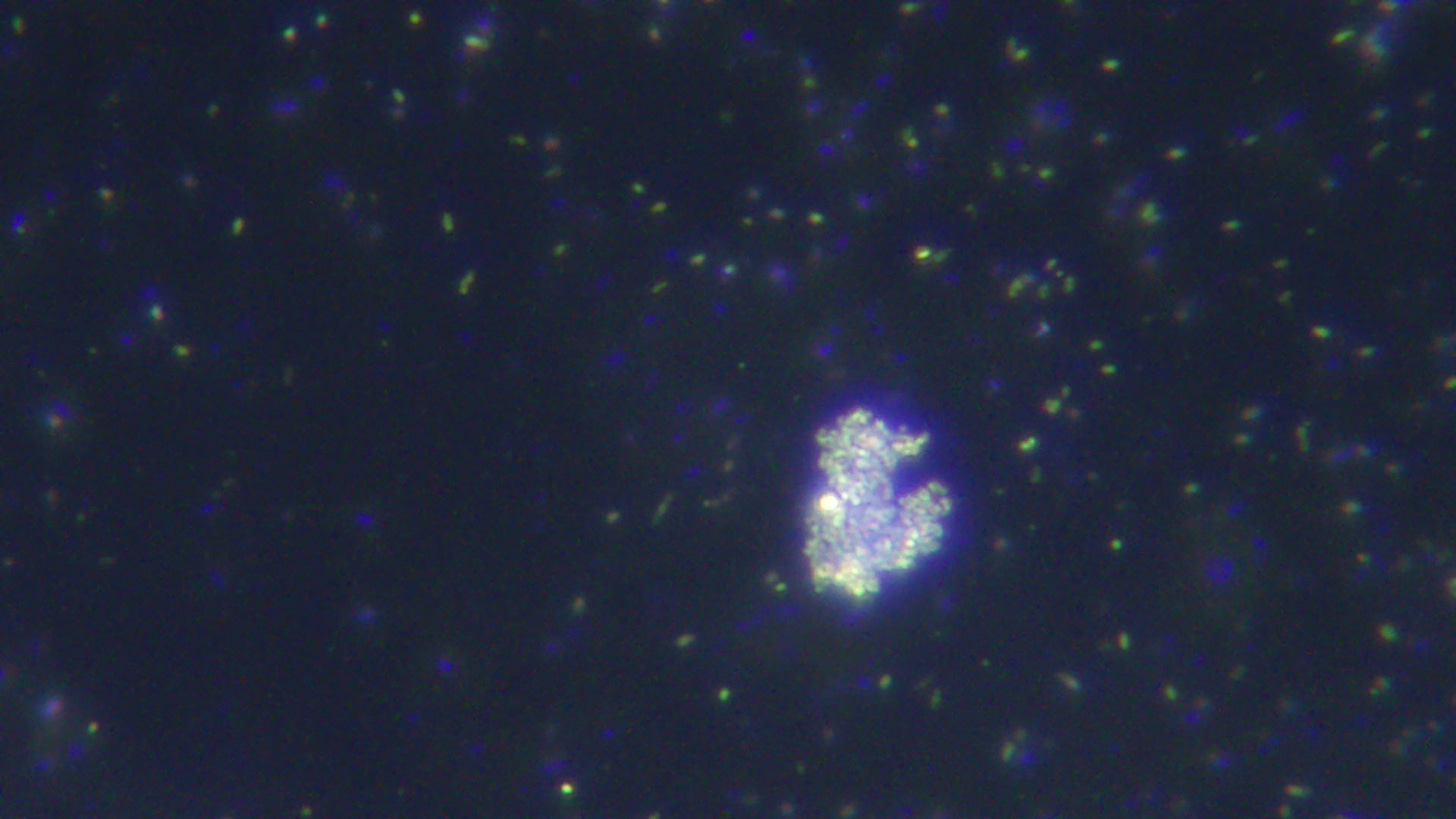
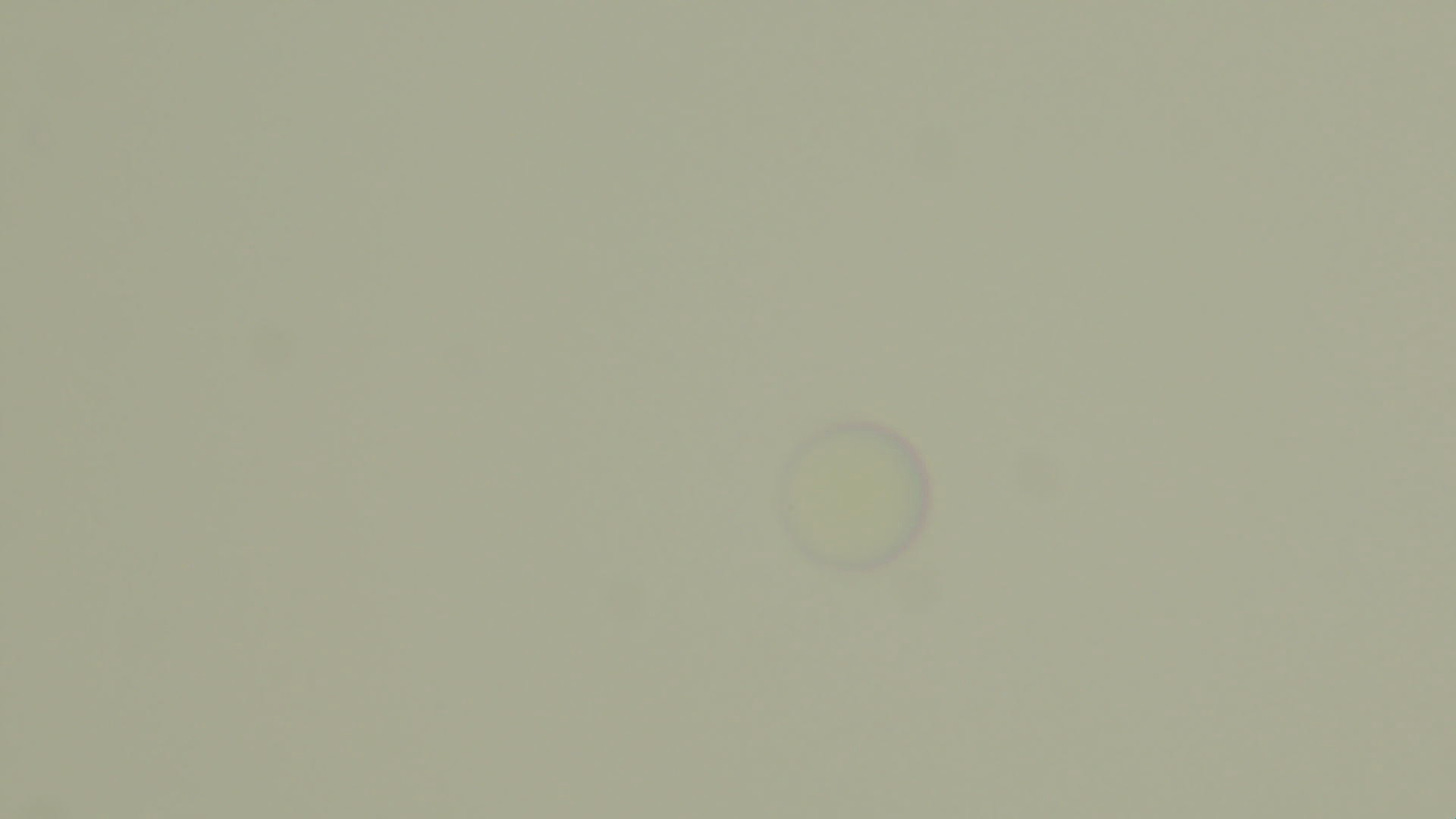
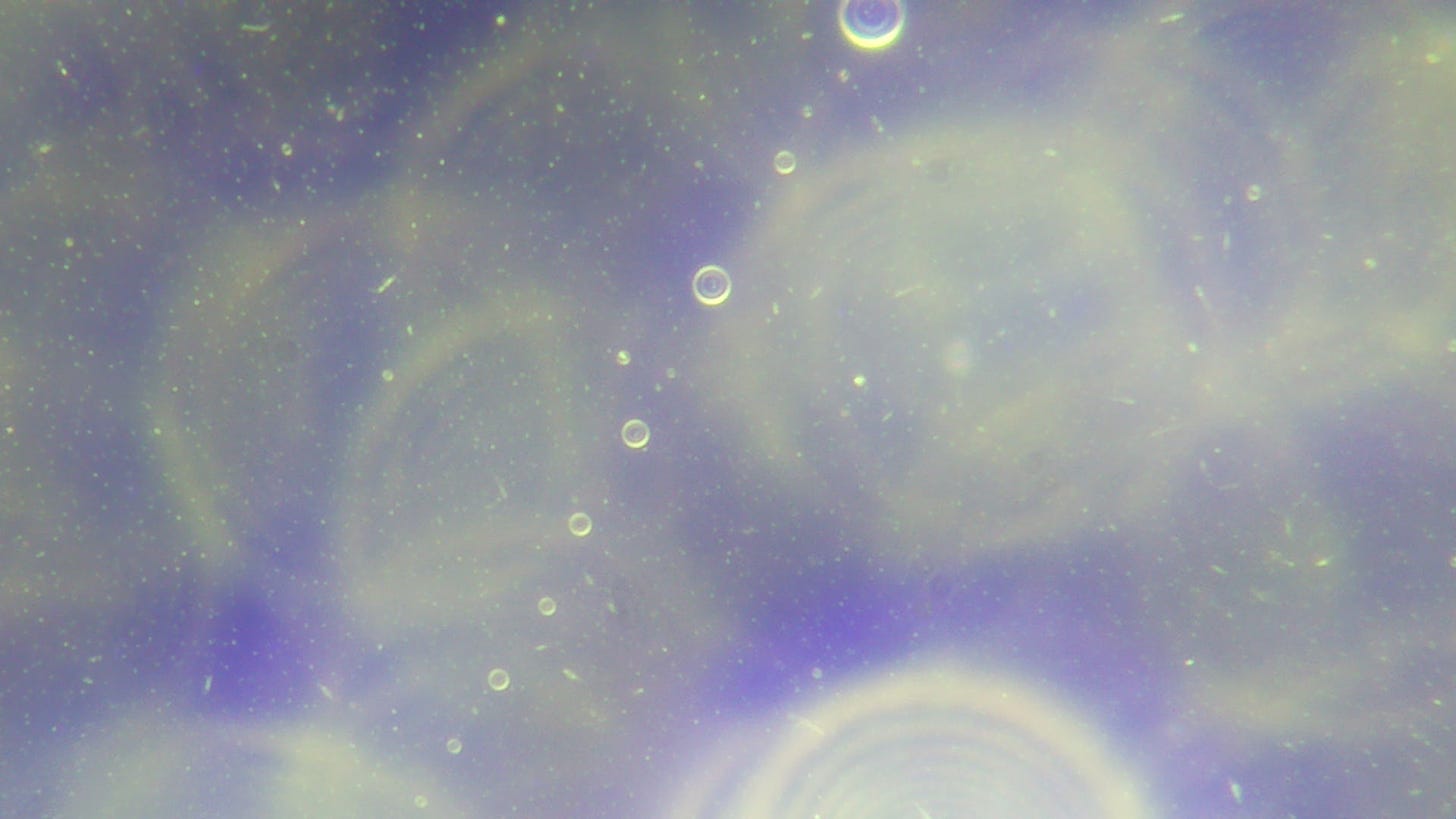
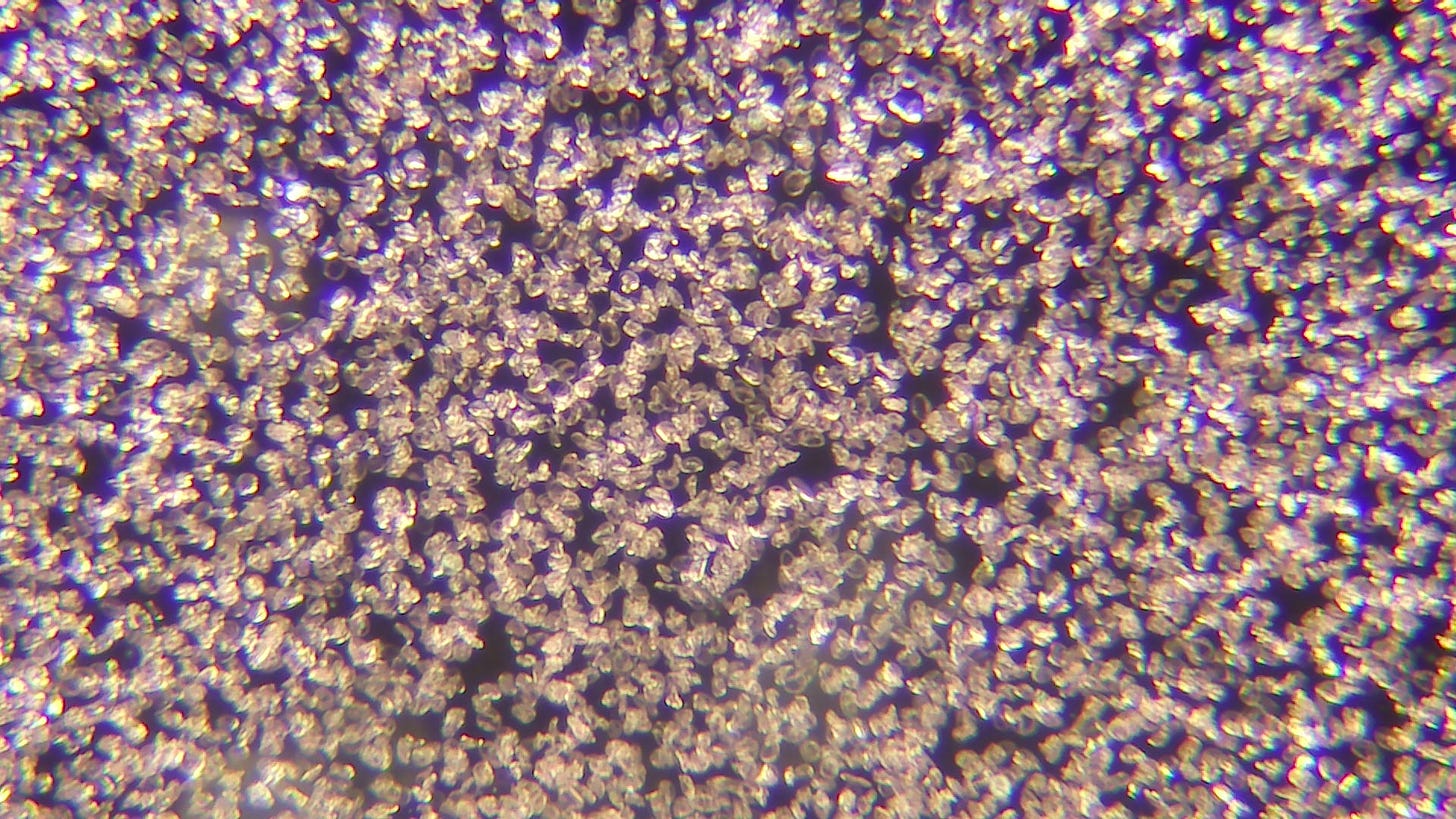
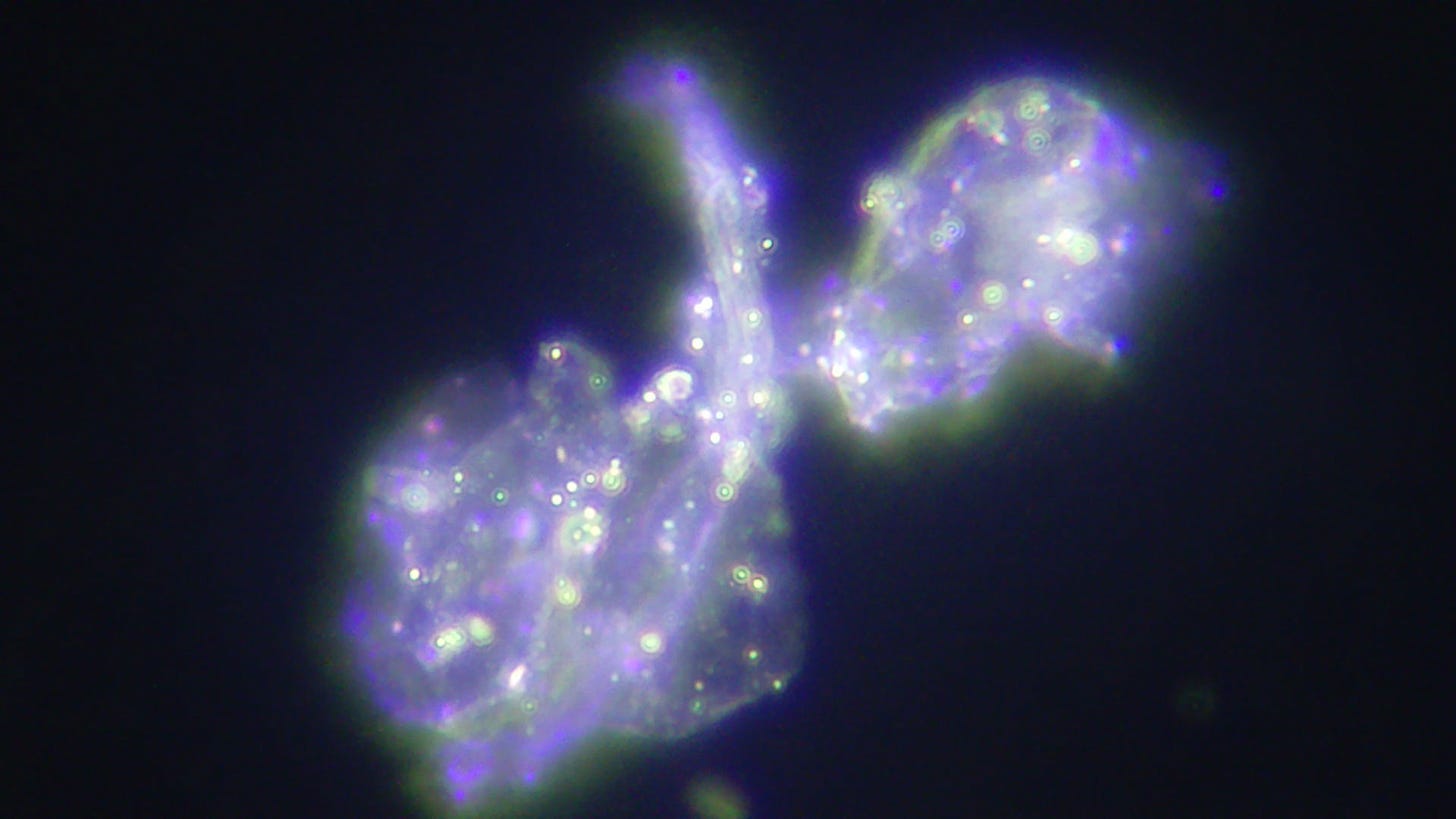
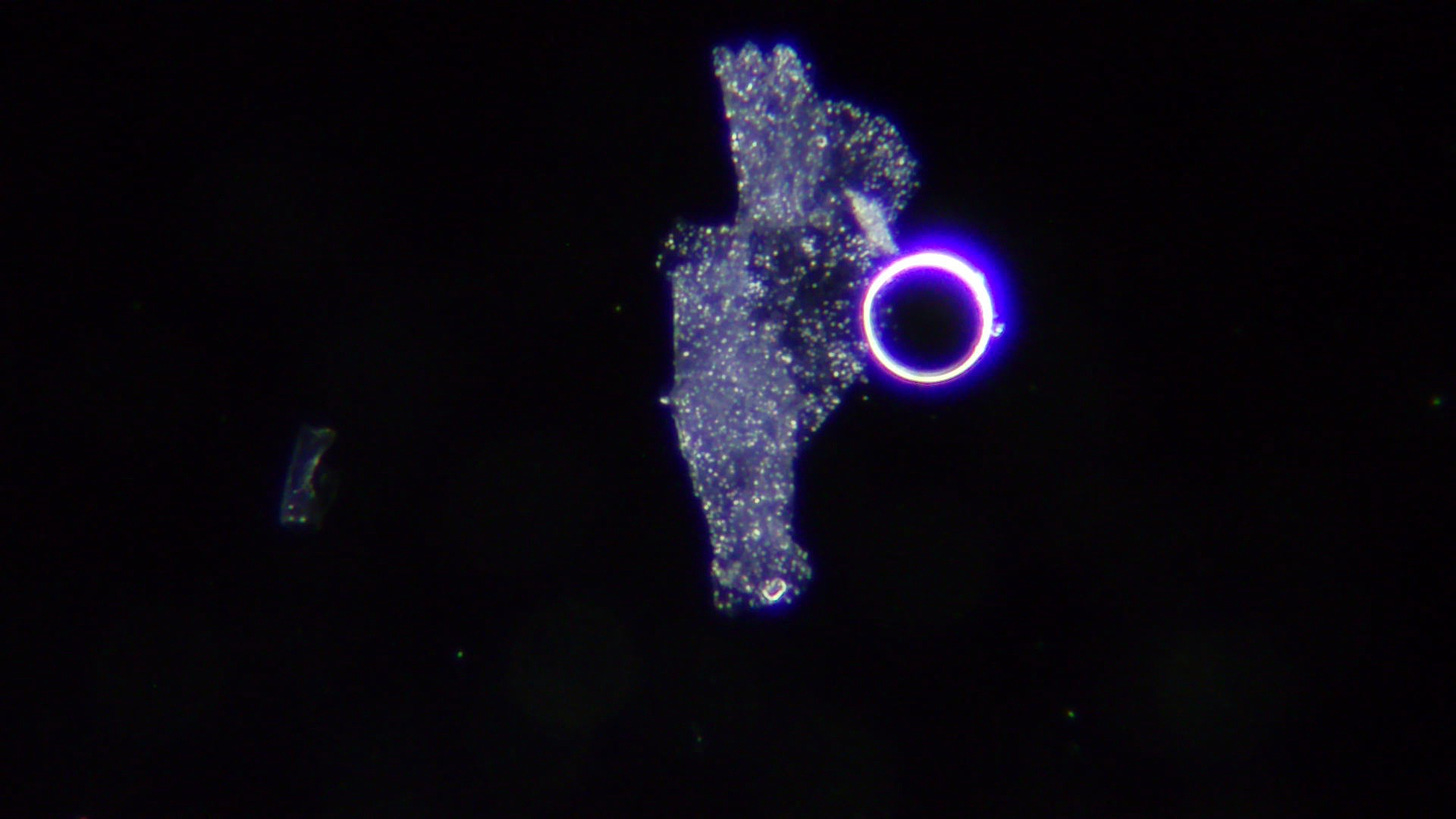
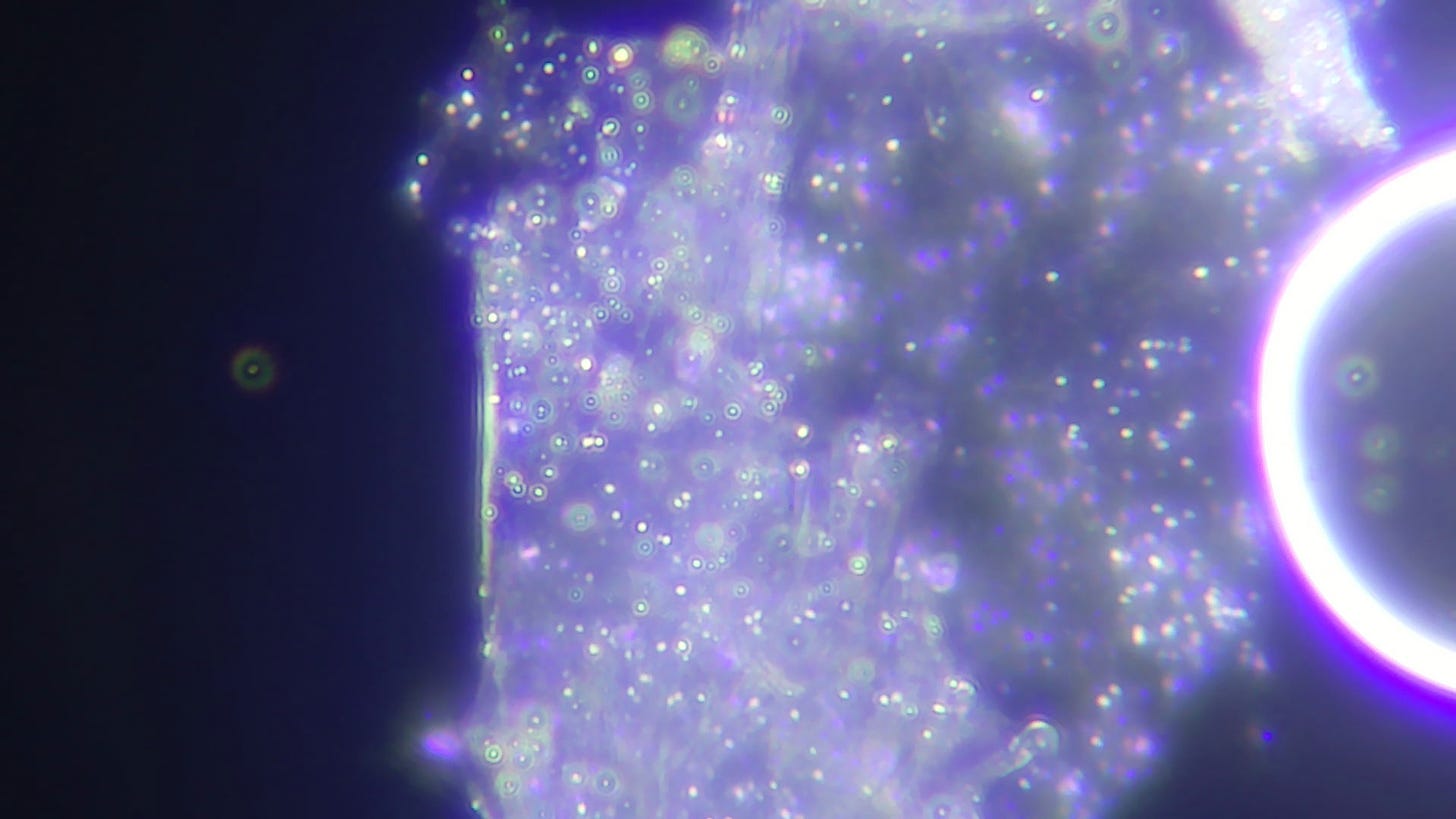

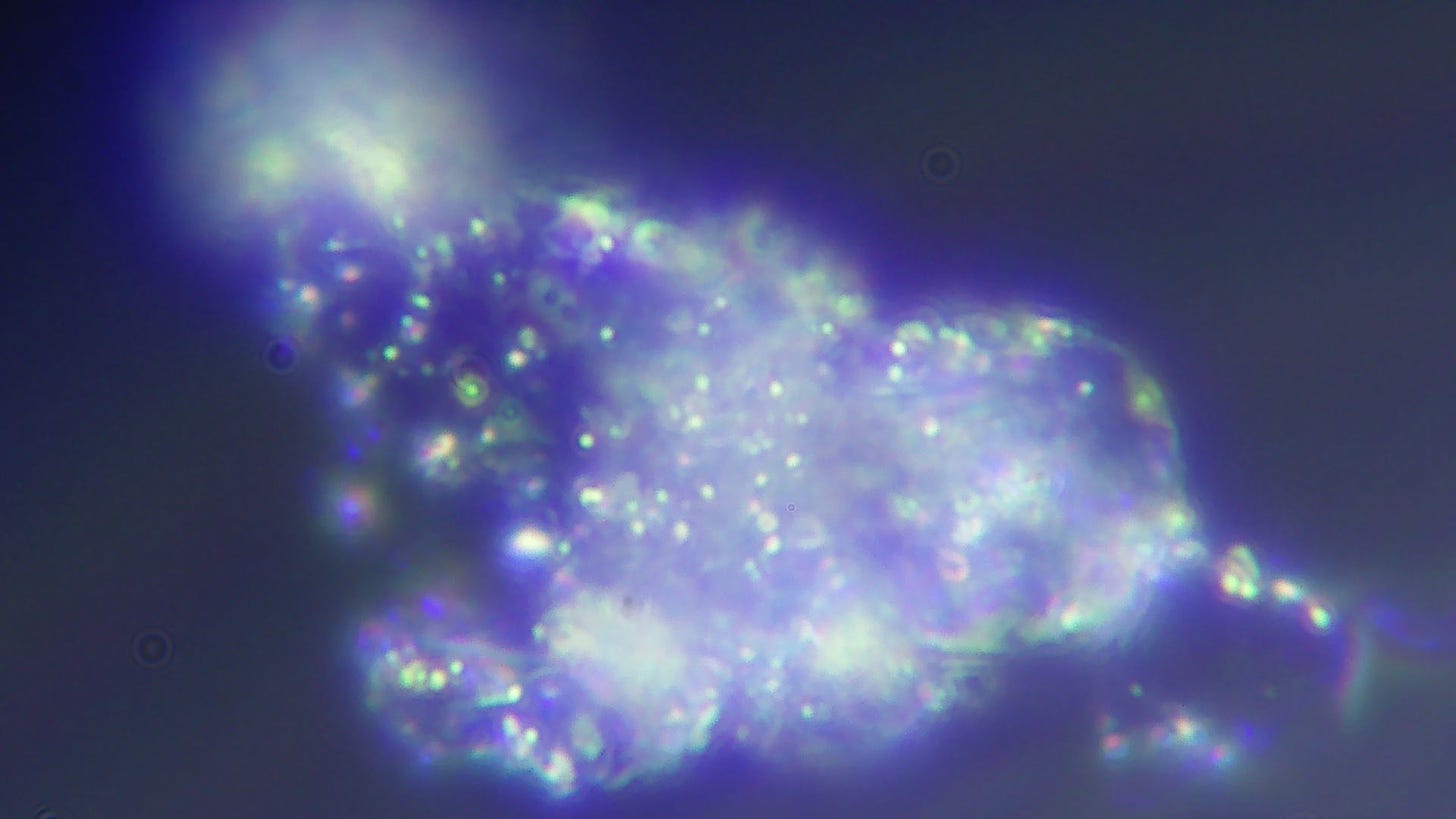
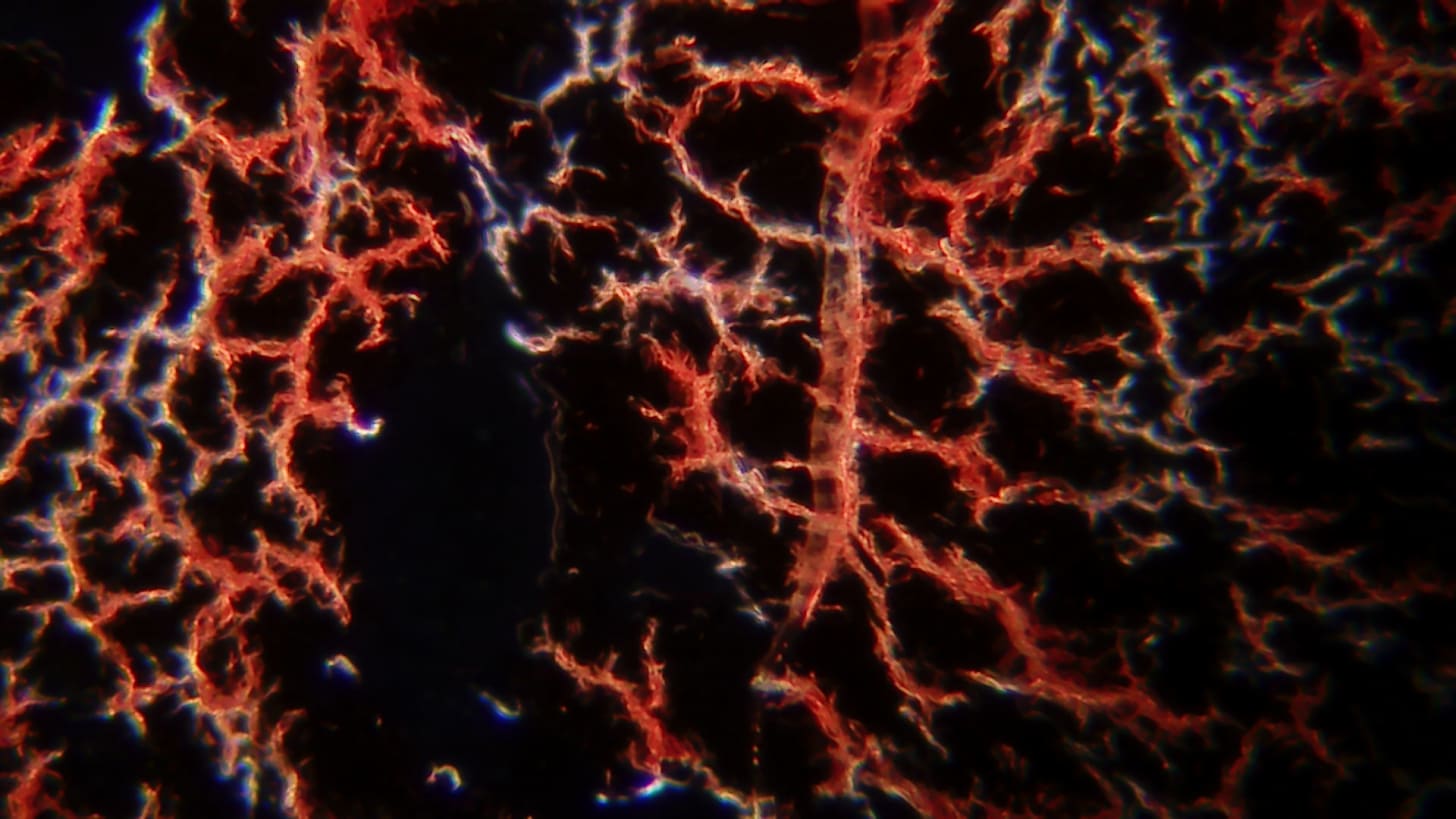
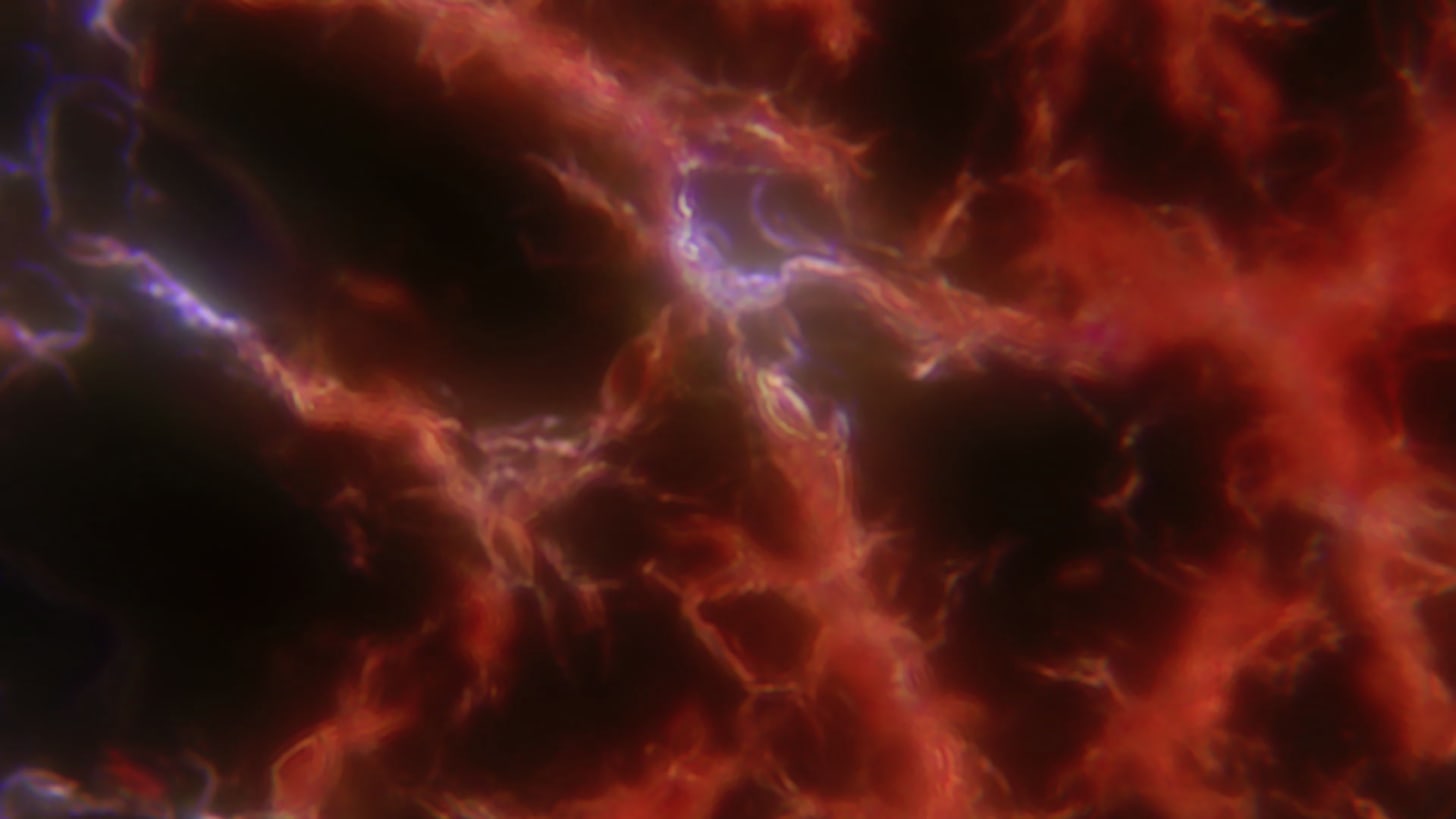
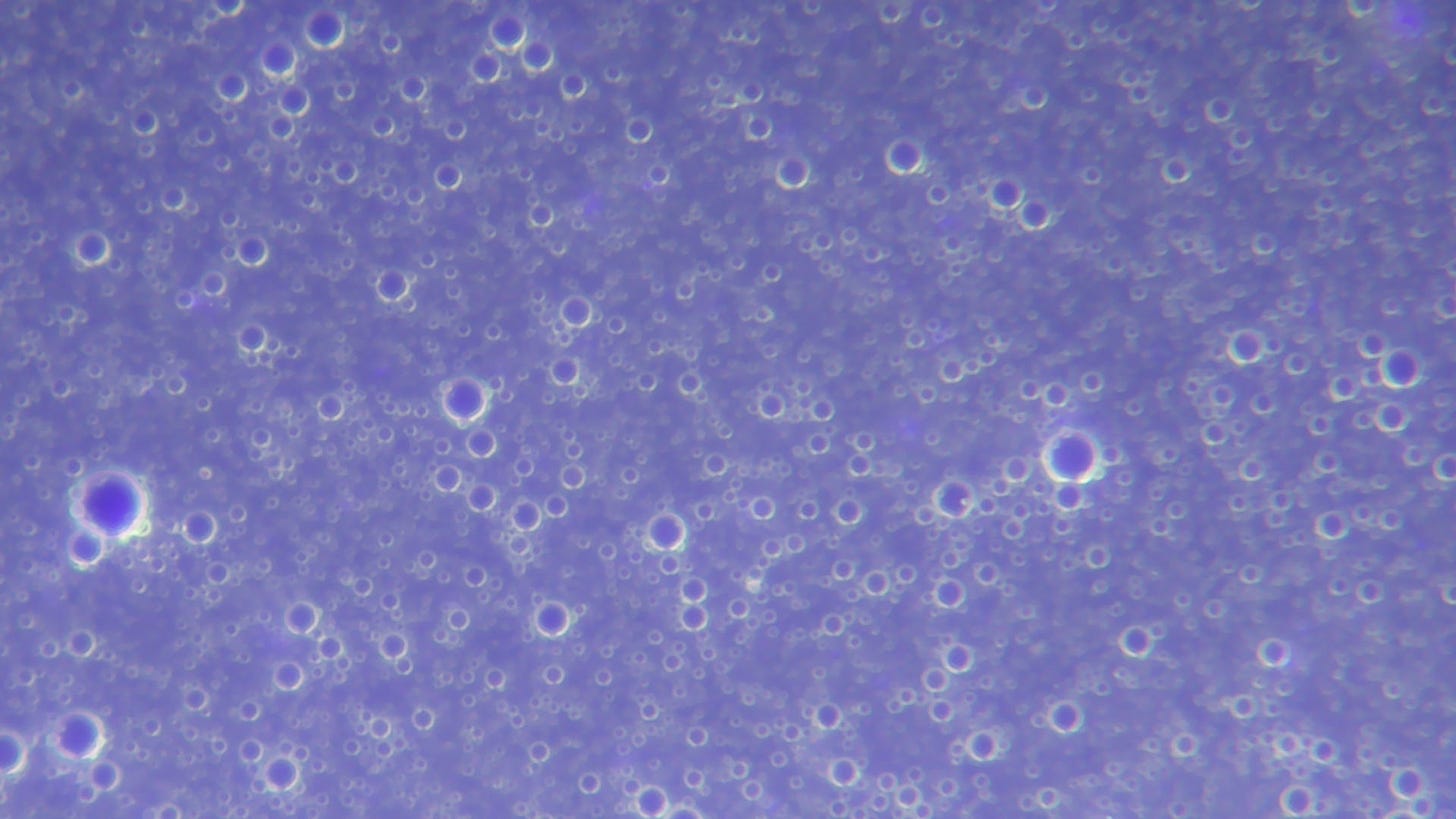
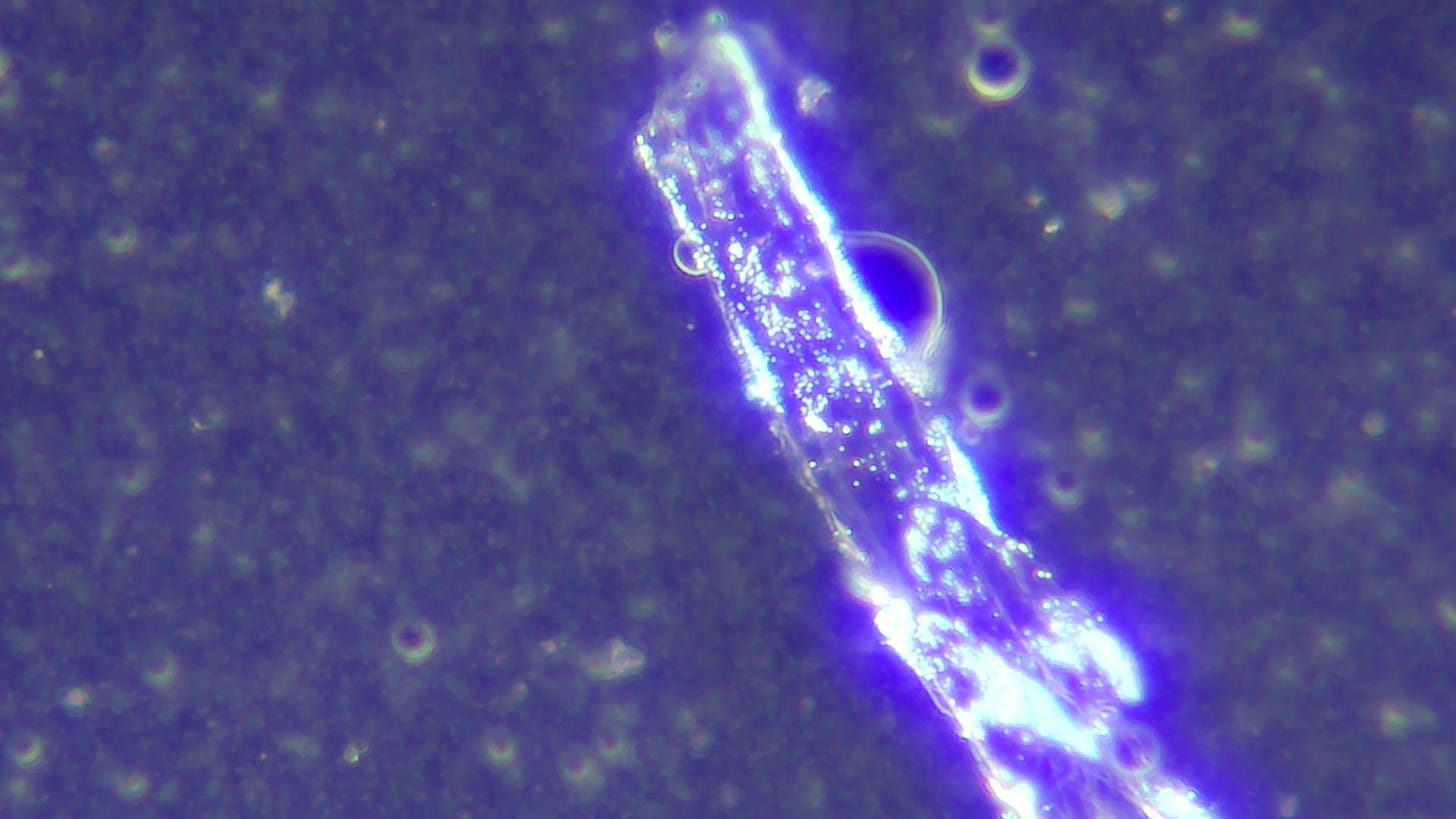
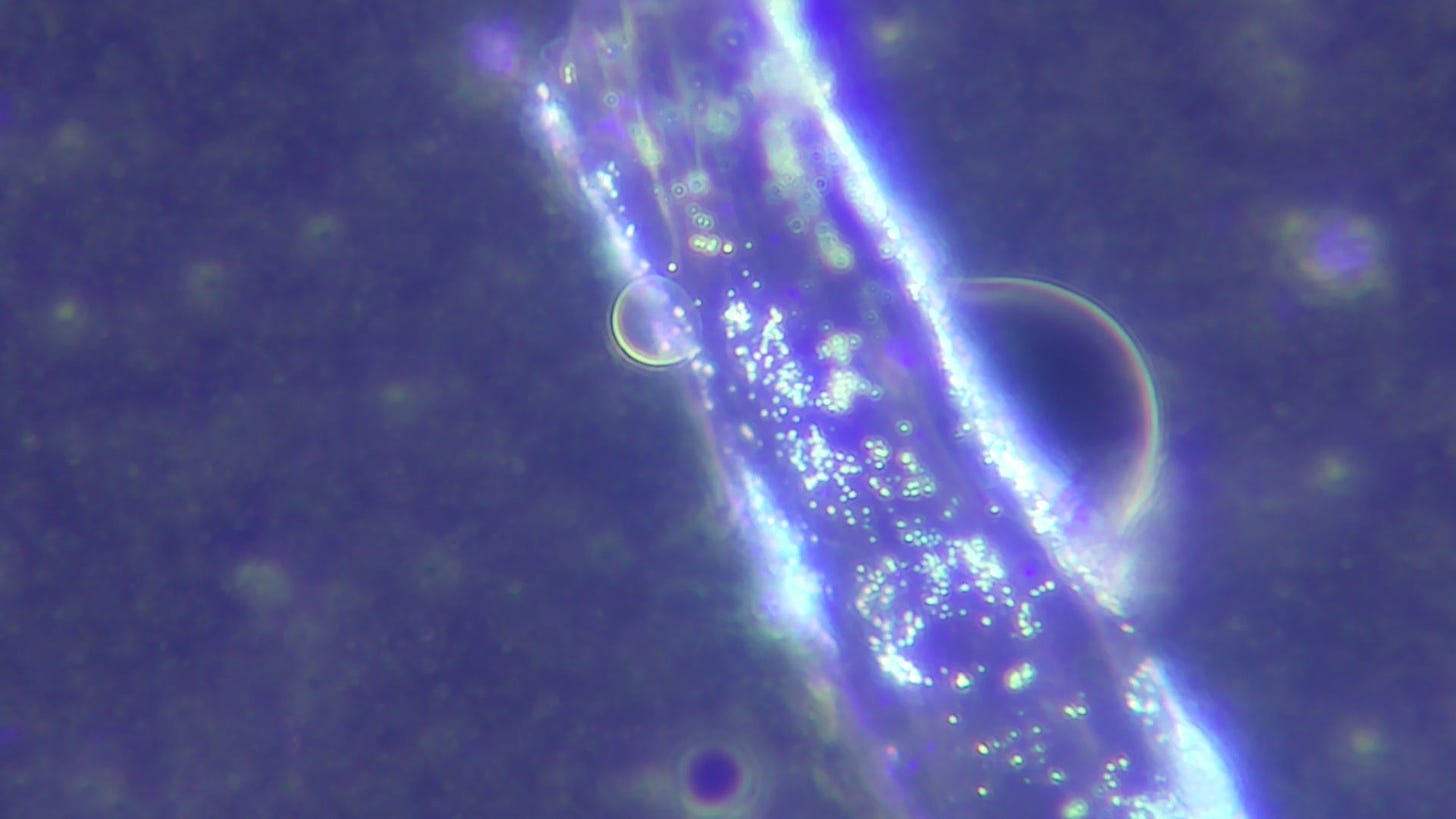

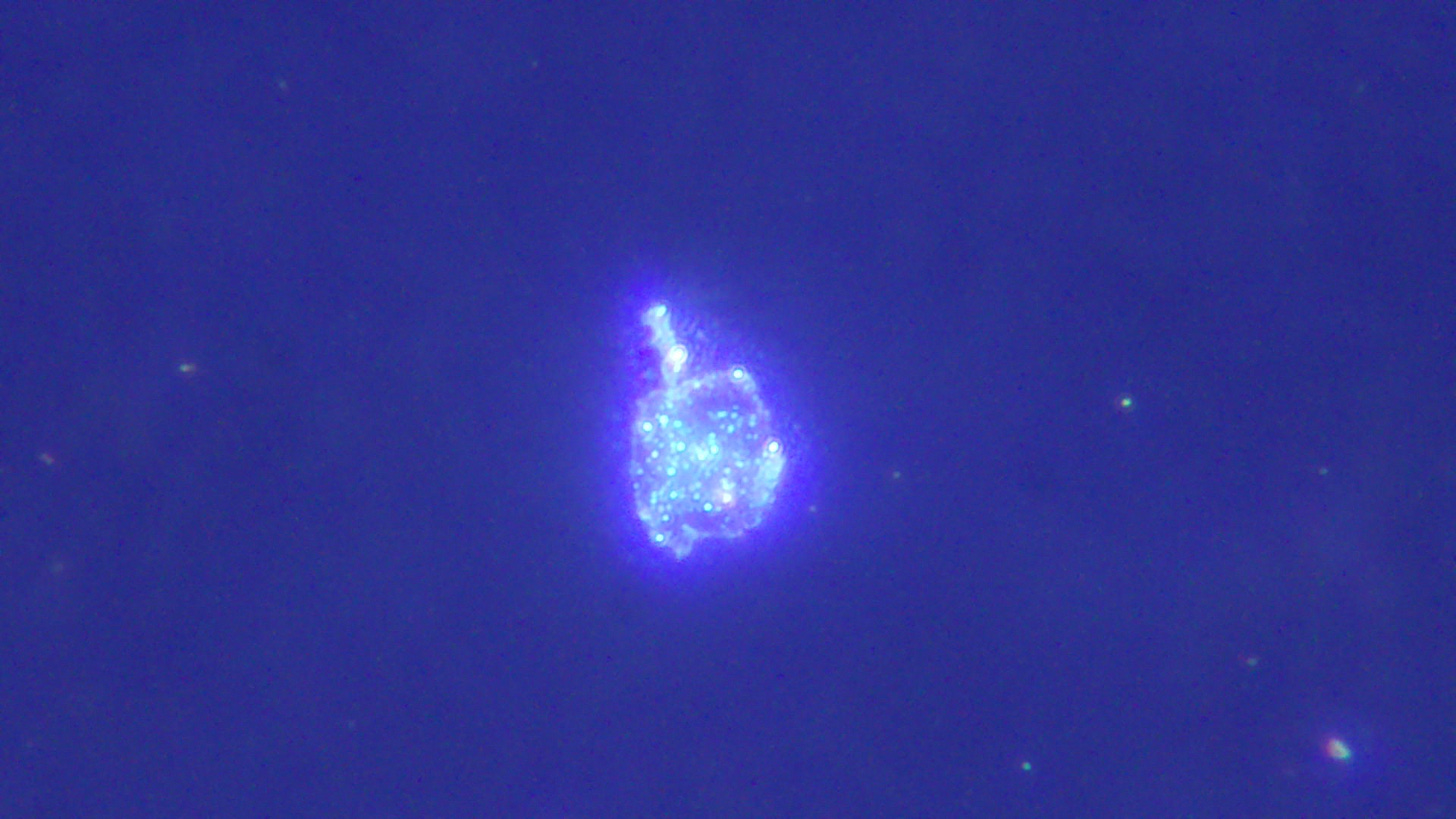
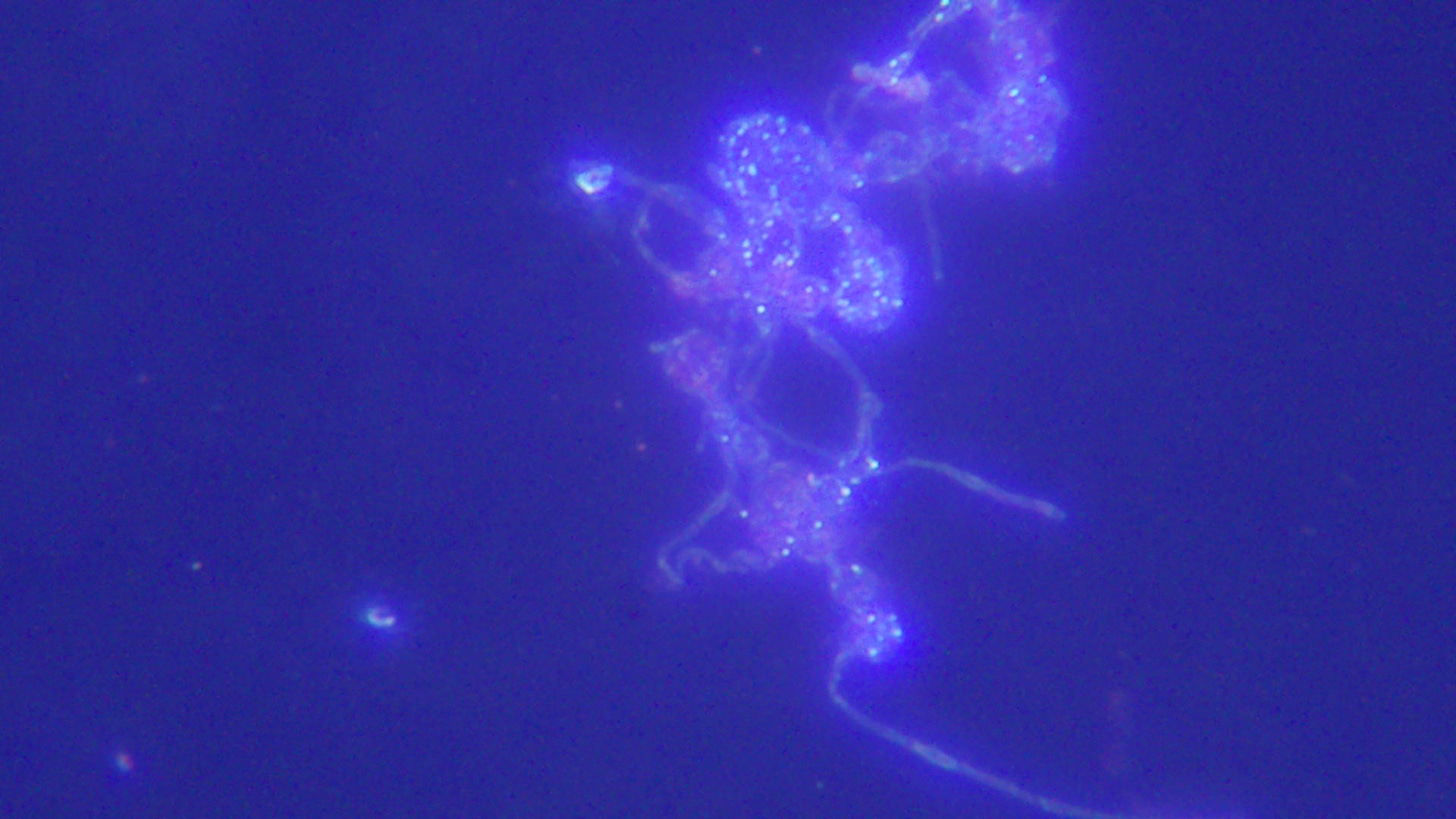

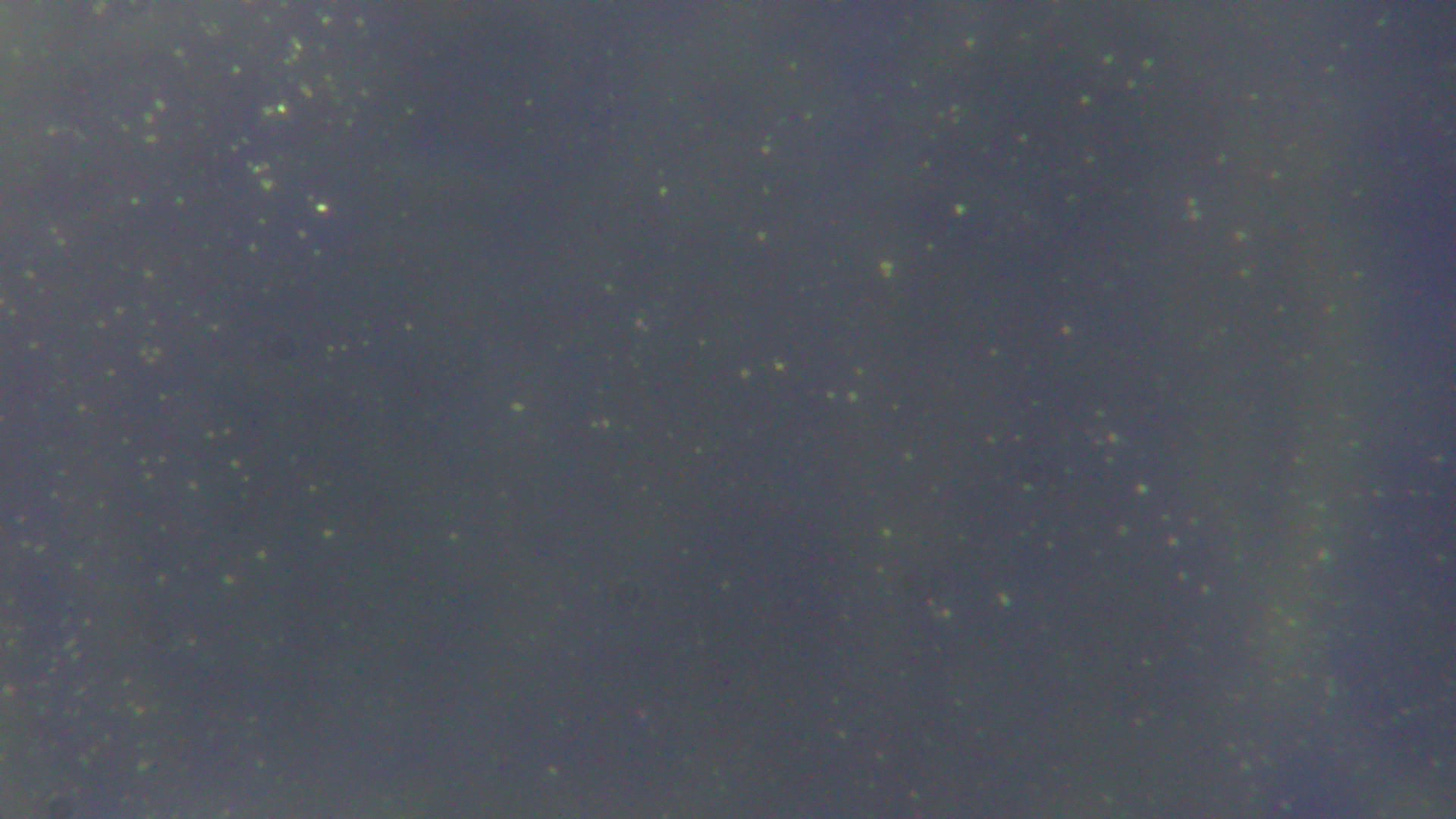
Nick, EDTA is not highly toxic. What Professor Baxas was showing was contaminates that found their way into the solution. Plaquex is a wonderful product because the of the polyenylphosphatidycholine that our body needs as we age. I have done both intravenous EDTA, Plaquex, Vitamin C, B-12 and Gluthione. I feel great after these treatments. I have switched to Global Healing Center’s EDTA due to the contamination of Chinese pharmaceutical products. I know that both Drs. Ed Group and Baxas will over see the quality of their products. I still have a nutritional PhD friend who warns me about Plaquex because it is derived from soy. My statement to her is that so is K2 MK-7. Normally a fermented process resolves the estradiol issue with soy. I know Professor Baxas is busy, but if she would address this concern, my wife would feel much better about me taking Plaquex. Thank you!
There are very clear images of graphene oxide ribbons, graphene oxide microsheets and graphene filaments. PEG hydrogel does not have that feature.